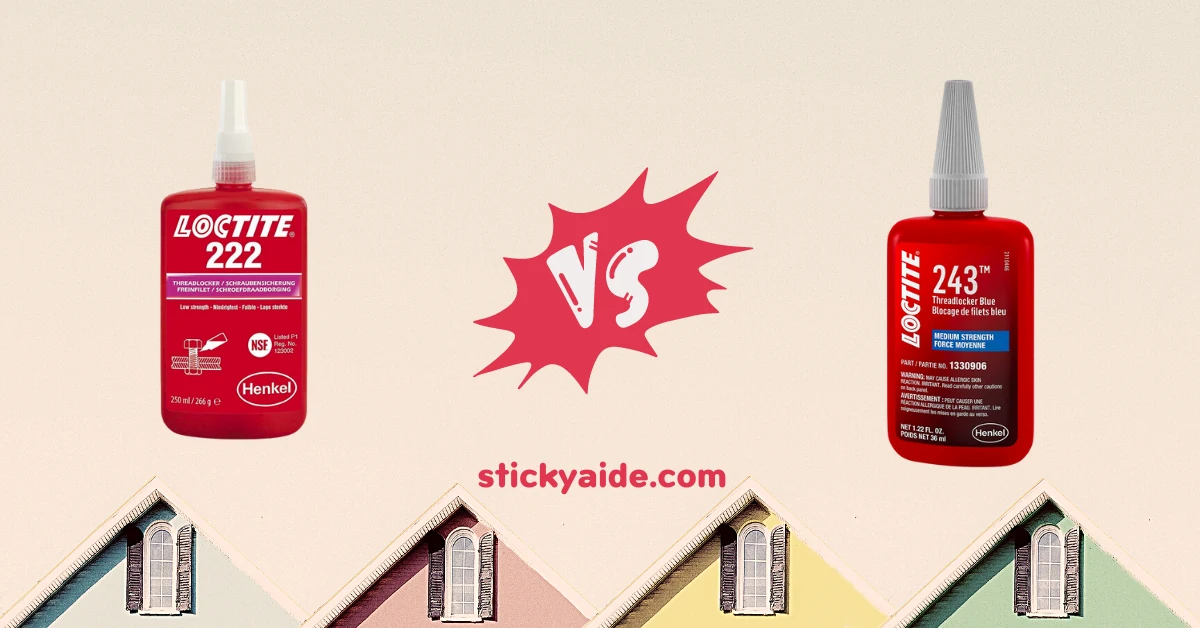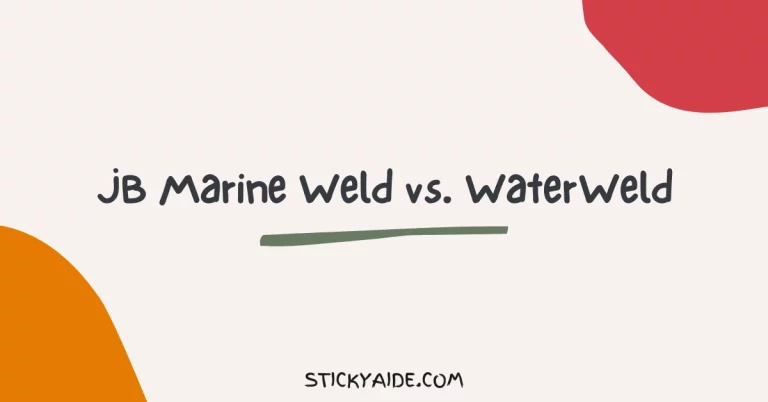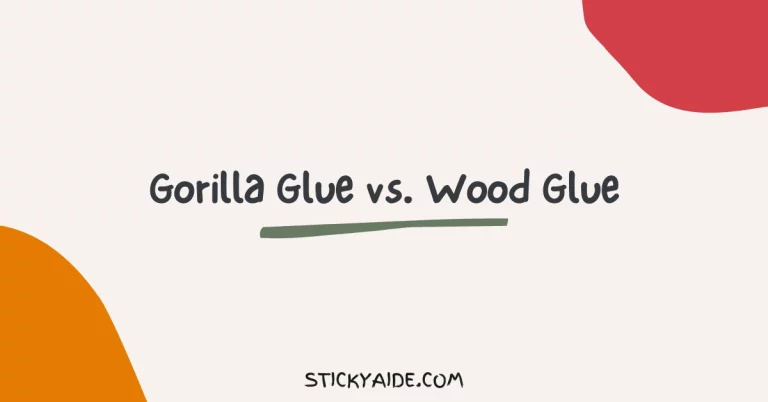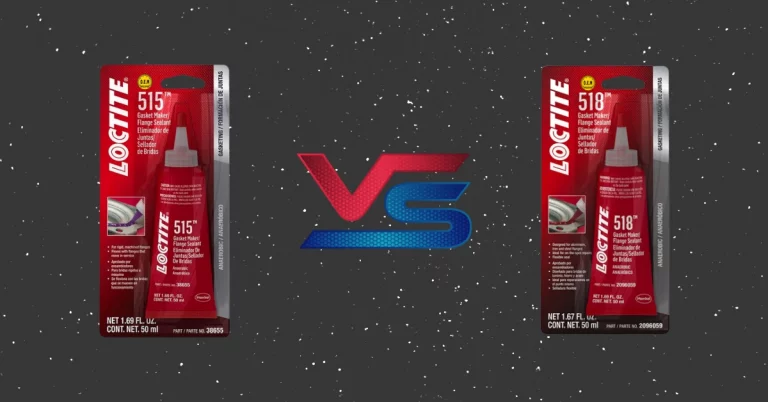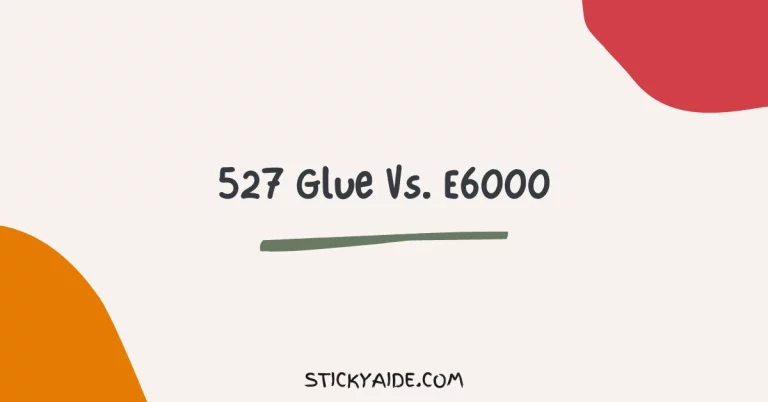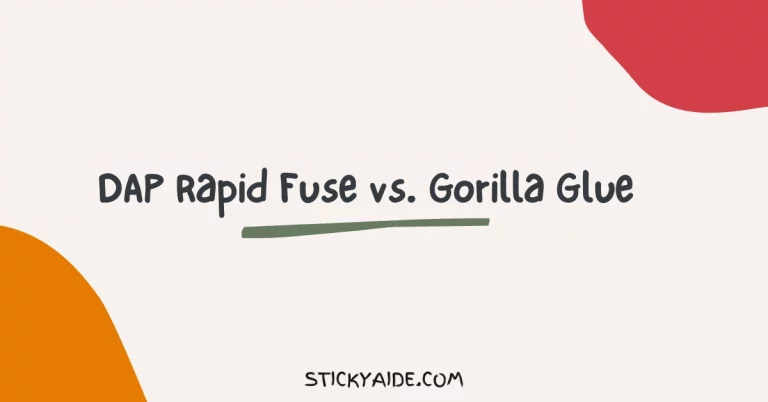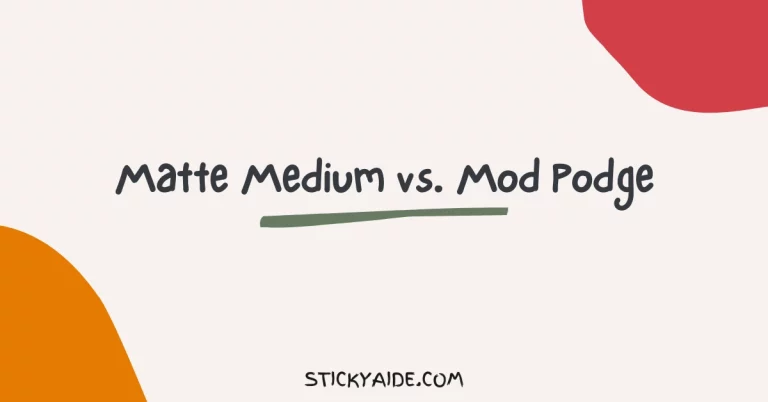You may require a threadlocker for fasteners of components you use indoors and outdoors for extra safety and security. Loctite is a well-known brand in the world of adhesives, and they have a range of threadlockers available in various strengths for different sizes of fasteners.
Loctite 222 and 243 are two of the most popular threadlockers made by Loctite-Henkel, and both are suitable for their intended purposes. So, in the battle between Loctite 222 vs. Loctite 243, Which one should you side with and why? I’ll also review Loctite 222 and 243 in this article and go over their differences.
Read More: Loctite Blue vs. Red
Read More: Loctite 243 vs. 263
Read More: Loctite 221 Vs. 222
Loctite 222 vs. 243
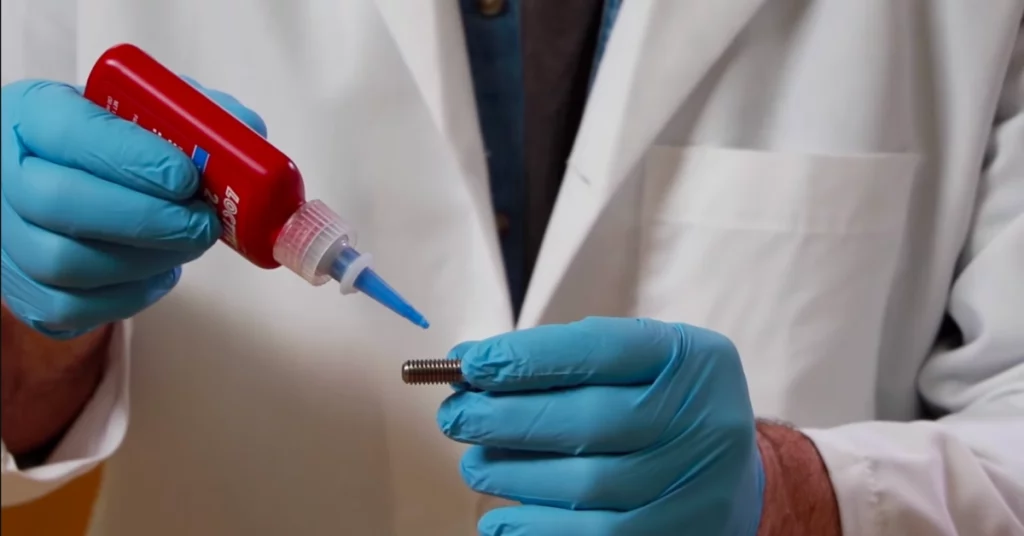
Loctite 222
Loctite 222 is an acrylic threadlocker made by Loctite-Henkel, which comes in purple. The color of the threadlocker you get from Loctite is significant since the color indicates how strong the threadlocker is.
Loctite 222 being purple colored means it’s a low-strength threadlocker from Loctite-Henkel, and you can use it for components you plan to disassemble in the future. Loctite 222 works well with all metals and most active and passive substrates.
Furthermore, since the 222 is low-strength, you can use it for low-strength metal with a risk of fracture during disassembly, like – aluminum or brass. Loctite 222 is resistant to minor contamination from industrial oil once fully cured.
Loctite 222 is tolerant to spillage of industrial lubricants like – motor oils, corrosion prevention oils, and cutting fluids. You can use Loctite 222 for components that go through constant motion or vibration and countersunk head screws.
Read More: Loctite 380 vs. 480
Loctite 243
Loctite 243 is an acrylic threadlocker made by Loctite-Henkel that comes in Blue. The color of the Loctite threadlocker indicates the strength of that threadlocker and whether it is removable or not.
Loctite 243, being blue-colored, means it’s a medium-strength threadlocker from Loctite-Henkel, and you can use it for components you plan to disassemble in the future. If you plan to disassemble components you used Loctite 243 on, you would only need to use hand tools.
Loctite 243 works well with all metals and with most active and passive substrates like – brass, steel, and stainless steel. Once the 243 is fully cured, it is tolerant to minor contamination due to industrial oils.
If you use a threadlocker for gearboxes or pumps, slight contamination from industrial oil might be an issue, but with the 243, you don’t have to worry. Loctite 243 is tolerant to minor contamination from – motor oils, corrosion prevention oils, and cutting fluids.
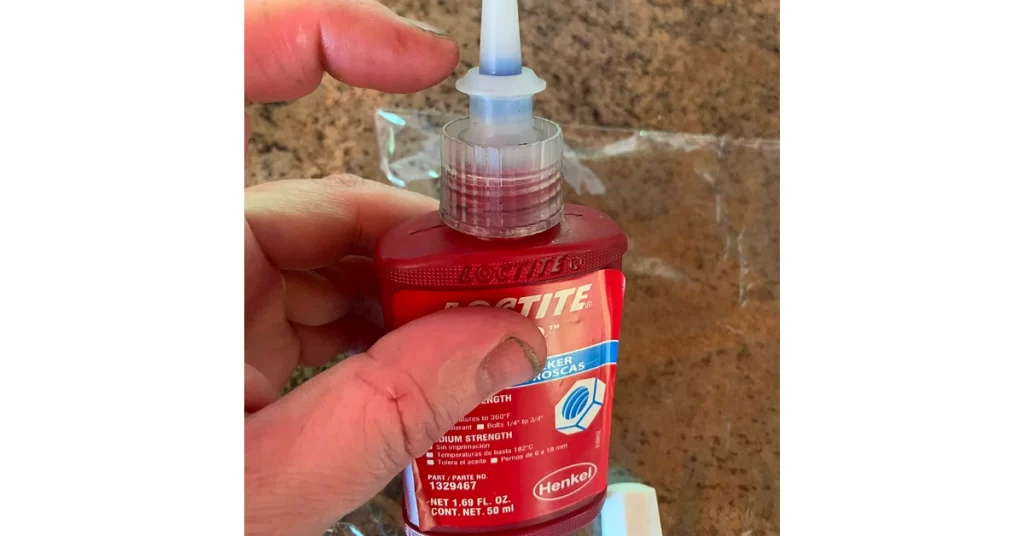
Read More: Loctite 242 vs. 271
Main Differences Between Loctite 222 And 243
Now that I’ve reviewed Loctite 222 and 243, let’s examine how they differ.
Color and Strength
Loctite threadlockers come in various colors, which indicates their strength and intended uses.
Loctite 222 is a low-strength threadlocker that comes in Purple, and you can disassemble the components easily down the line. Since the 222 is low-strength, it’s suitable for low-strength metal like brass or aluminum.
On the other hand, Loctite 243 is a medium-strength threadlocker that comes in Blue. You can use the 243 for components you plan to disassemble in the future since you’ll only need to use hand tools.
Fixture and Cure time
Loctite 222 has a fixture time of 20 mins. The 222 starts to set within 10 minutes of application, with a complete cure taking up to 24 hours.
On the other hand, the 243 has a fixture time of 10 mins. Like the 222, Loctite 243 starts to set within 10 minutes, and a complete cure takes around 24 hours.
Ideal Sizes of Fasteners
Loctite 222 is suitable for smaller-sized screws or fasteners. You can use Loctite 222 for M10 bolts and nuts.
On the other hand, you can use Loctite 243 for M10 and M16 nuts. Furthermore, Loctite 243 also works with 3/8 * 16 nuts and bolts.
Last Opinion
So in the debate between Loctite 222 vs. 243, which one should you side with? It depends on you and your specific needs.
Loctite 222 is an excellent pick if you are looking for a low-strength threadlocker that you plan to use with aluminum or brass nuts and bolts up to a quarter-inch size. On the other hand, the 243 is a better pick for you if you need a medium-strength threadlocker and plan to work with M16 or M10 bolts and nuts.

